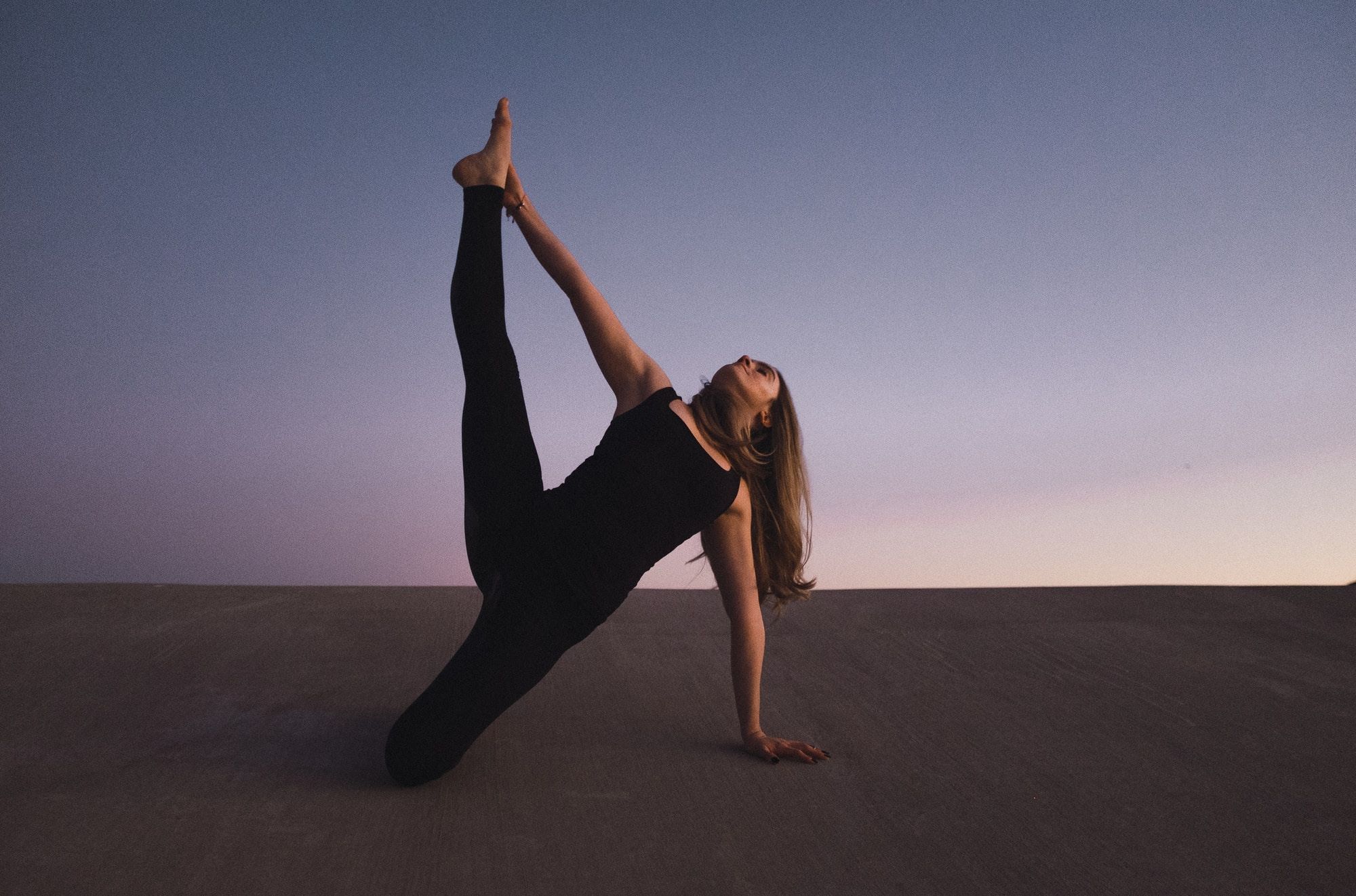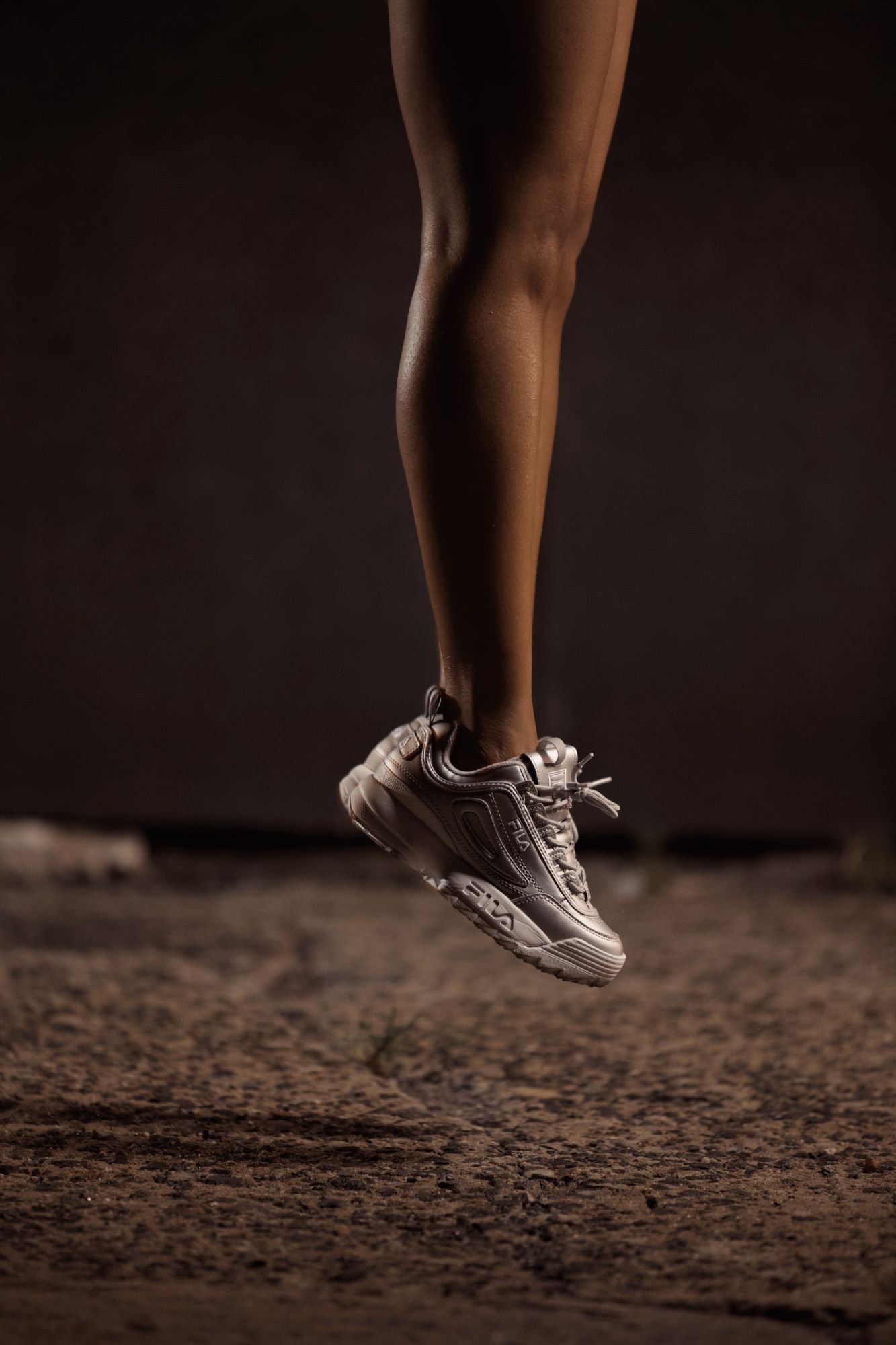Running Information and help.
So how can we help runners? In a nutshell . . . . massively!
Firstly, with running technique or the 'shape' you make when you run. Unfortunately, because of modern running footwear affecting the foots incredibly advanced and developed sensors, most runners make the wrong shape when running i.e. heel striking. This was found, during a very detailed study of running biomechanics at Harvard University, to be the most common cause of running injuries.
So the first priority is to get the movement right. Rob trained with Canadian running coach Malcolm Balk and uses film and simple exercises to re-train your running style to get you running free and easy!

Secondly, is your body capable of moving in a way to allow the right running shape to happen? Over the years as we age, muscles stiffen, shorten and adapt to the stresses and strains of life. Sitting for long hours hunched over a desk is probably the most adverse stress we impose on the body. This is normally most noticeable as lack of movement in the hips and back.
We would look at the movement your body is capable of or lacking in. Simple movement based exercises can be really beneficial in gaining more movement where simple stretching won't. This will make you a more fluid runner together with less strain on the joints and therefore fewer injuries. You'll be faster too!!
A series of videos which highlight why an incorrect running style may be harmful, what is a good technique and the author of 'Born to Run' Christopher McDougall presenting a really interesting running concept. There are more interesting videos on the Video and Resource page. Enjoy.

Thirdly, are your muscles, tendons and ligaments strong enough for hours of hitting the road and trails? For example, it's amazing how many runners have weak calf muscles. Weak calf muscles will mean compensating in other areas which often lead to foot and hip issues.
We will, as with mobility, establish any weakness in the muscle structures used for running and use simple, home based exercises to strengthen them.
Fourthly, an area of particular interest to me is the role of the Psoas muscle in running. Imagine a muscle that links the top, front of your thigh to your diaphragm passing through the front of the pelvis. During long term sitting this muscle becomes short and dysfuntional. It then affects your breathing and your hip stability. By releasing this muscle, it allows a greater movement to the diaphragm, increasing the amount you can breathe and therefore to perform better as a runner. I have been very excited at the outcomes runners have felt by releasing this muscle. As the only muscle that connects the legs to the upper body, when it is released, it can feel like you have a whole new freedom to the way you move. A truly fascinating and vital part of the running machine. Always worth exploring whoever you are!
So there's a lot on offer to help runner's from beginners to serious athletes. Don't be put off trying to help yourself become a better runner. There are many myths and mis-information in the world of running. We have put together concepts that we know work and are scientifically approved. We are here to be used as much or as little as you wish. It's a bespoke service tailored around your needs.
Drop me a line and have a chat.
